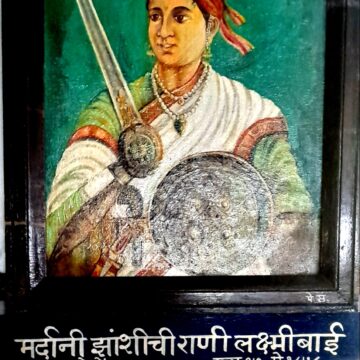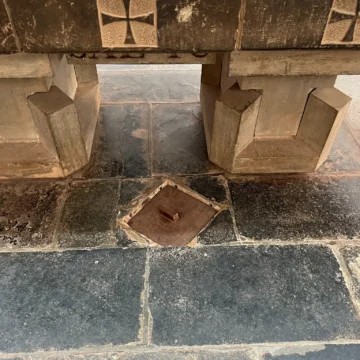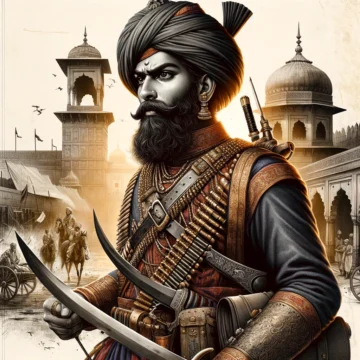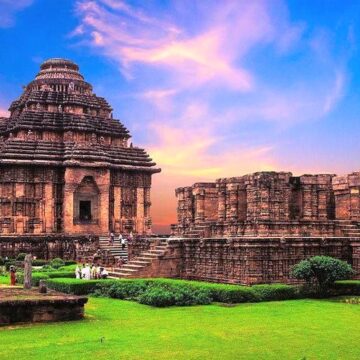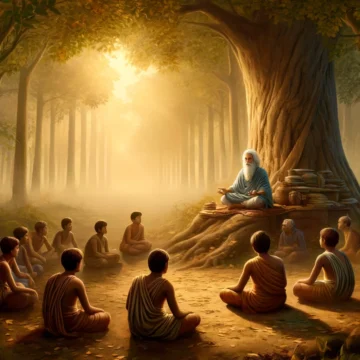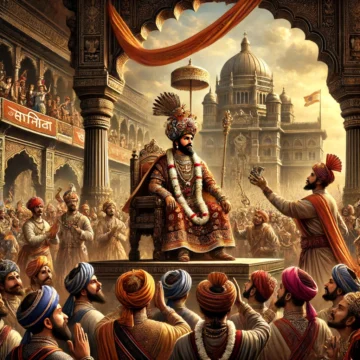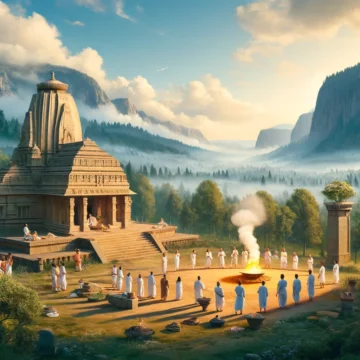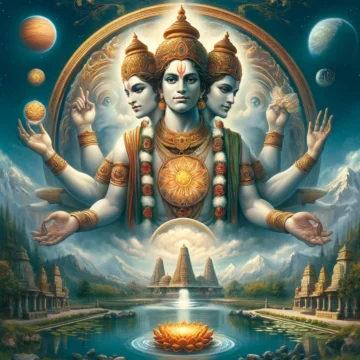Explore the life of Rani Lakshmi Bai, the Rani of Jhansi, who became a symbol of resistance against British colonial rule. Her leadership during the Indian Rebellion of 1857, marked by valiant battles and strategic brilliance, has immortalized her as an enduring icon of courage and the fight for independence in the face of overwhelming odds.
Author: Sarvananda (Sarvananda )
Goa Vasco: The Journey of Vasco da Gama and Its Impact
Vasco da Gama's arrival in Goa in 1498 marked a new era in global trade but brought upheaval to local populations. Portuguese colonization disrupted trade networks, impoverished merchants, and enforced brutal rule. They banned Hindu festivals, destroyed temples, and imposed Christian laws, causing cultural erosion. European diseases further destabilized society, leaving a legacy of both enrichment and suffering.
Nana Saheb: A Crucial Figure in 1857 Rebellion
Nana Saheb, born Dhondu Pant on May 19, 1824, was a pivotal leader in the Indian Rebellion of 1857. Raised in Bithur near Kanpur, he opposed British policies, particularly the Doctrine of Lapse, which denied him his pension and estate. His leadership included the capture and siege of Kanpur and alliances with Tatya Tope and Rani Lakshmi Bai. Despite Kanpur's fall and his retreat to Nepal, Nana Saheb remains a symbol of resistance against British rule. His legacy is commemorated through cultural references, memorials, and educational curricula in contemporary India.
Vedic Science Behind the Sun Temple of Konark
Explore the Sun Temple of Konark, a marvel of Vedic science and architecture. This ancient Indian masterpiece combines sophisticated astronomical knowledge with intricate carvings, symbolizing the cosmic order and reflecting the advanced understanding of celestial phenomena that characterized 13th-century Vedic scholarship.
Indian Education System and Its Legacy
The Indian education system has evolved from its ancient Vedic roots, where knowledge was imparted orally, emphasizing spiritual and ethical values. During the colonial era, British policies reshaped traditional frameworks, suppressing indigenous knowledge. Post-independence, India struggled with these legacies but aimed to realign its education system. Today, initiatives like the New Education Policy integrate modern innovations with India's diverse cultural heritage, promoting inclusivity and holistic education.
Chhatrapati Shivaji Maharaj Coronated: Rise of Nationalist Icon
Delve into the significant coronation of Chhatrapati Shivaji Maharaj, a landmark event heralding Hindu nationalism against Mughal oppression. This historic ceremony, steeped in rich rituals and symbolism, marks a major turning point in the Maratha Empire's history, illustrating Shivaji's profound impact on Indian heritage and his enduring legacy as a Hindu nationalist icon
Secularism in Practice: Exploring Jewish Ethical Contributions
Explore how Judaism's age-old teachings of tzedakah, pikuach nefesh, and tikkun olam intersect with modern secular values, shaping a just and compassionate society. This blog delves into the profound impact of Jewish ethical principles on contemporary secularism, highlighting their relevance in promoting equality, justice, and social responsibility.
Hindu Philosophy: Key Concepts in Sanatan Dharma
Continuing our series on Sanatan Dharma, we explore the final definitions by Maharishi Dayanand Saraswati in "आर्योदेशरत्नमाला." These encompass the soul's nature, universal benefit, renunciation of theft and adultery, and distinctions between inert and conscious entities. Understanding these concepts is key to appreciating Hindu philosophy's depth and inclusivity. Dayanand's insights highlight Sanatan Dharma's dynamic nature, fostering enlightenment in modern life.
Maratha Confederacy and Third Anglo-Maratha War
Delve into the Third Anglo-Maratha War's profound impact as it signified the end of the Maratha Confederacy and ushered in British dominance. This pivotal conflict reshaped India's political terrain, extinguishing the era of Maratha power and setting the stage for British colonial rule, fundamentally altering the nation's history and governance.
Dattatreya And His Life
Lord Dattatreya, a unique incarnation of Vishnu, embodies the trinity of Brahma, Vishnu, and Shiva, representing creation, preservation, and destruction. His teachings in the Shrimad Bhagwatam, shared with King Yadu, emphasize detachment, self-realization, and harmony with nature. As one of Vishnu's 24 avatars, Dattatreya advocates simplicity, introspection, and spiritual enlightenment, offering timeless wisdom for modern challenges.


